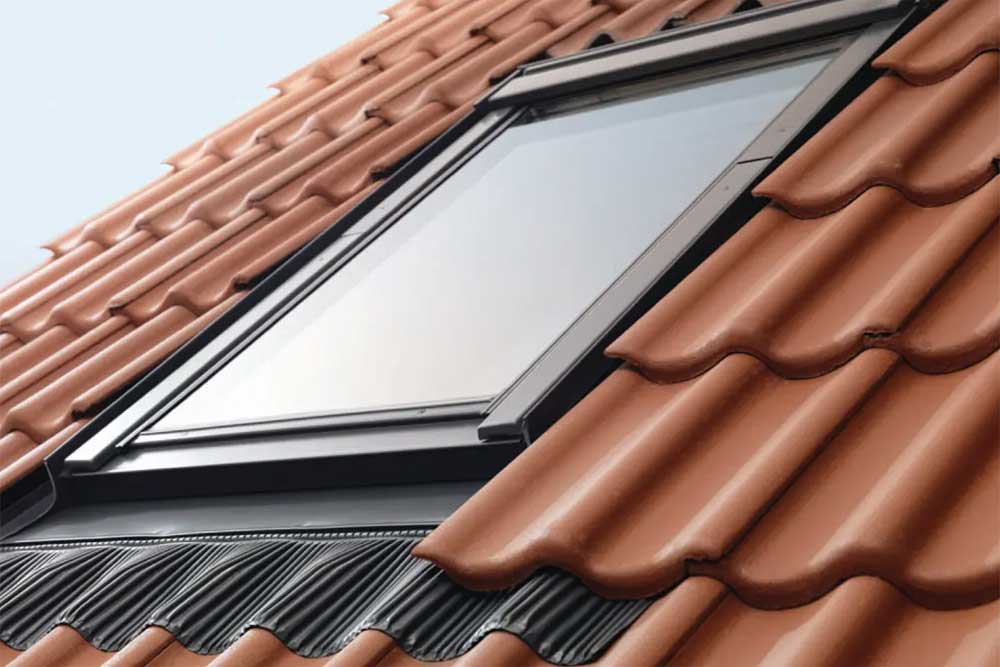
When it comes to maintaining your home, there are several things that you need to consider. One of the most important but often overlooked aspects is proper roof ventilation. A properly ventilated roof is essential for circulating natural air flow around your home and keeping it cool and comfortable, especially during the summer months. It helps regulate the indoor temperature, reduces moisture buildup, and prevents damage to your roof and loft space. In this blog, we’ll explore the importance of having proper roof ventilation at home and how you can make sure it is properly ventilated.
The benefits of proper roof ventilation
Proper roof ventilation is often essential for the overall health of your home. To begin with, it helps to regulate the temperature inside your home by allowing the natural flow of air between indoors and outdoors. This can help you save money on energy and make your home comfortable. It also helps protect your roof and loft space from dampness and condensation issues, which can save you money in repairs down the line.
Having enough roof ventilation also helps prevent heat and moisture buildup. When heat builds up in your loft space, it can cause your shingles or tiles to deteriorate more quickly. It can also cause damage to your loft insulation, reducing its effectiveness and the energy performance of your home. Similarly, when moisture accumulates in your loft space, it can cause a host of issues over time, including mould and mildew growth, which can be harmful to your and your family’s health. Moreover, it can cause further damage to your roofing materials, insulation, and the internal structures of your home.
Common signs that your home needs more ventilation
If you’re not sure whether your home has enough ventilation, there are several signs that you can look out for. One of the most common signs of poor ventilation is a musty or stale odour in your home. This can be a sign that there is moisture buildup in your attic. Condensation on your windows is another common sign of too much moisture in your home. If you notice more condensation than usual, you should take steps to improve your home’s ventilation because excess moisture can be harmful to your health and your home.
In addition to the signs mentioned above, another common sign is a hot or stuffy loft space. If your loft feels uncomfortably hot, it’s a sign that there is not enough ventilation. Finally, if you notice that your energy bills are higher than usual, it could be a sign that your home is not properly ventilated. An improperly ventilated home can trap hot air in the summer and cold air in the winter, which can cause your heating and cooling systems to work harder than they need to.
How to improve roof ventilation
If you’re concerned that your home is not properly ventilated, there are several steps that you can take to improve the situation, depending on your needs and budget. One of the most common solutions is to install a ventilation fan or air vents on the roof to help with air circulation and ventilation, as most problems begin in your loft space and work their way down. You can install a solar-powered ventilation fan that harvests the sun’s energy to circulate air and reduce moisture buildup. It’s an eco-friendly option for homeowners who want to reduce their energy bills while improving their home’s ventilation.
Fitting roof windows or skylights is another great solution to improve air circulation and ventilation at home. Besides, roof windows come in many different shapes and sizes, types and materials, and designs, so you can find the perfect one that adds value to your home both functionally and aesthetically.
Another potential solution is to install ridge vents on your roof. Ridge vents are openings along the peak of your roof that allow hot air to escape and regulate the temperature of your loft space and home. You can also fit soffit vents to your roof to improve air ventilation. Soffit vents can be fitted under the eaves of your roof to let cool air enter your loft space, allowing air to circulate freely and reducing moisture buildup.
Final words
Proper roof ventilation is essential for the overall health of your home. It helps regulate the temperature inside your home, reduces moisture buildup, and prevents damage to your roof and loft space. By taking steps to improve your home’s ventilation, you can reduce your energy bills, make your home more comfortable, and protect your and your family’s health. So, if you’re concerned about your home’s ventilation, don’t wait—take action today!




